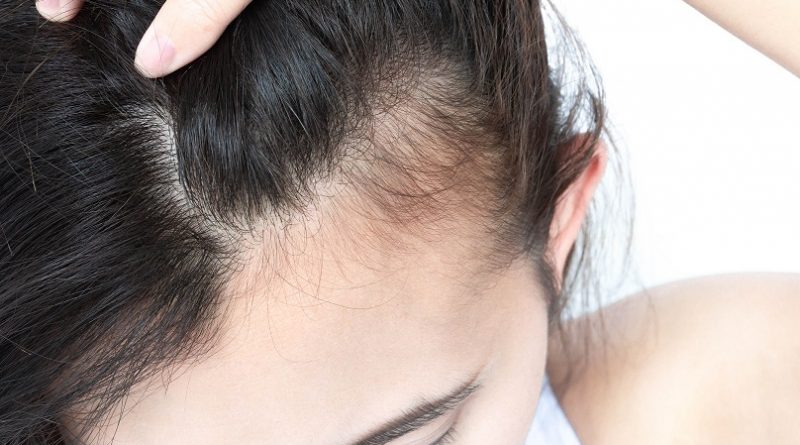How is Hair Loss in Women Different than in Men?
Studies have shown that women with an excess of androgen experience hair loss, which requires different diagnostic and treatment approaches than men. Women are more easily be affected by this condition because of inflammation.
Symptoms may include acne, weight gain, excessive facial and chest hair (hirsutism), irregular menstruation, and excessive hair loss at the scalp with high androgen levels (primarily testosterone). Nonetheless, testosterone hair loss manifests differently in men and women.
Typically, female pattern hair loss is characterized by thinning in the central or midline area of the head and scalp with preservation of the front hairline – commonly known as the Christmas tree pattern. When this pattern occurs, hair loss becomes more expansive as it spreads to the top of the head, forming a triangular shape, almost always caused by excessive androgen production.

Corporate Wellness App
CircleCare
Hair thinning at both temples is more common in women with excessive androgenization than in men, but it is rare in women with excessive androgenization.
Identifying, diagnosing, and treating hair loss in women
The guidelines committee found multiple reasons for female pattern hair loss, including genetic, molecular, hormonal factors, and inflammatory. Some women with hair loss do not also have other health problems. Age and ethnicity are two factors that may cause hair loss in some women without apparent or obvious cause. These play a role in being more susceptible to excessive hormone-driven hair-thinning.
How is unusual hair loss diagnosed?
The pattern and intensity of hair loss are two parameters that your health care provider will evaluate when diagnosing you. The physician will focus on the degree of thinning and the thinning location during the hair follicle testing. Based on this test, a decision can be made whether to encourage the hair to grow back or not. There are other diagnostic tools that your clinician may employ include:
-The dermatology specialist will refer you to have a dermatoscopic examination or a scalp biopsy
Serum levels of androgens, stimulating thyroid hormone, and prolactin may be measured through laboratory testing.
-Additionally, an assessment of vitamin and mineral deficiencies, like iron, vitamin D, and zinc, may be conducted.
Treatments for androgen-induced alopecia
There are two types of female pattern hair loss treatment: topical and systemic, most of which aim to reduce excess androgen production (and are therefore not recommended for pregnant women).
Your doctor will first determine if keeping the hair follicles open is necessary before deciding on a treatment. If you have active hair follicles, hair regrowth is possible using several effective treatments, depending on your circumstances.
It can be treated with topical minoxidil anti-androgen medications, or finasteride (which has had mixed results), as well as oral contraceptives and medications that have proved successful, such as spironolactone, a diuretic that has anti-androgen properties, and flutamide, which though useful, can be toxic to the liver.








